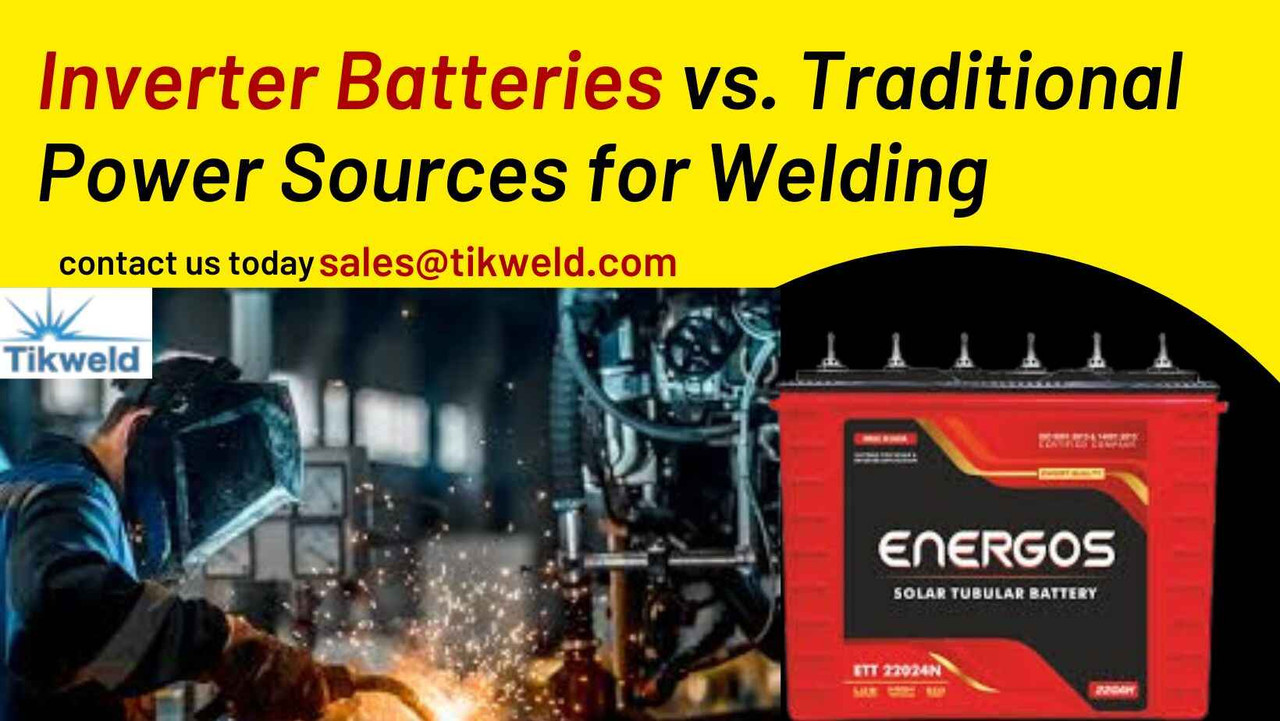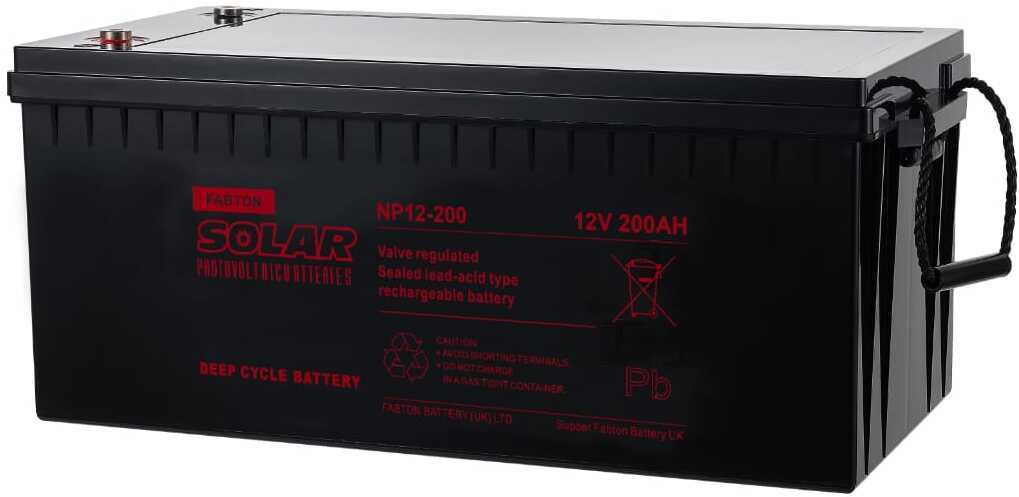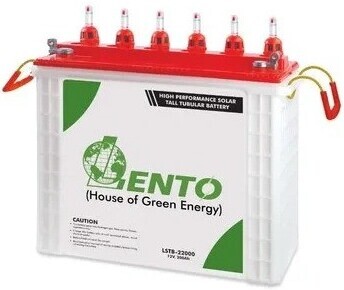Inverter Batteries vs. Traditional Power Sources for Welding
Introduction
Welding power sources are crucial in determining the quality, efficiency, and versatility of the welding process. These power sources are responsible for providing the necessary current for creating welds in metal pieces, and choosing the right one can significantly impact the success of a project.
This article compares inverter batteries and traditional power sources for welding, examining their differences in terms of performance, efficiency, cost, and practical applications. Understanding these distinctions will help you make an informed decision about which power source is best suited for your specific needs.
Read more...Know the difference between an inverter welder and a transformer welding machine
Key Takeaway
- Energy Efficiency – Inverter batteries provide cleaner, more energy-efficient power, reducing electricity and fuel costs.
- Portability & Flexibility – Ideal for remote and off-grid welding, inverter batteries allow greater mobility compared to traditional power sources.
- Consistent Power Supply – While inverter batteries offer stable voltage output, traditional power sources like generators can fluctuate, affecting weld quality.
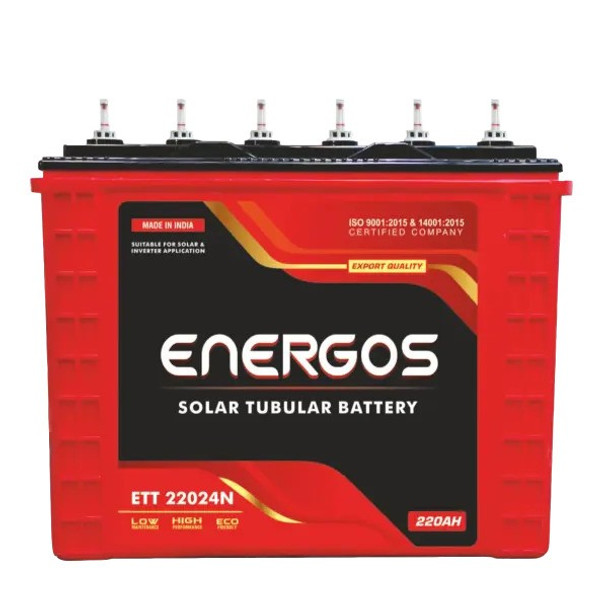
Energos 12V-220AH Tubular Battery
Understanding Welding Power Sources
Traditional Power Sources
Traditional power sources for welding have been used for decades, typically relying on transformer-based technology. These systems are heavy, bulky, and provide alternating current (AC) or direct current (DC) to the welding machine. Transformer-based welders work by converting high-voltage power from a supply line into the lower voltage needed for welding.
-
Functionality: The transformer lowers the voltage to a safer level suitable for welding and converts it into the required form (AC or DC).
-
Common Usage: These power sources are often found in larger, stationary setups, typically in industrial environments or workshops where mobility isn't a concern.
-
Types: The most common transformer-based systems include stick welders and MIG welders that use AC or DC to power the welding arc.
Inverter Batteries
Inverter battery systems are a newer technology that utilizes advanced inverter circuits to convert electrical current efficiently. These systems work by converting AC from a wall outlet into DC power, then converting it again to the required voltage and current for welding. This process is highly efficient, and the smaller size of these machines is a result of the compact and efficient inverter technology.
-
Functionality: Inverter technology enables these systems to provide high-frequency, precise control over the output voltage and current. This results in smoother arcs and less energy wastage.
-
Types: Inverter-powered welding machines include both MIG welders and TIG welders. These welders are often used in a wide range of applications, including light fabrication, automotive repairs, and fieldwork.
-
Portability: One of the biggest advantages of inverter-powered systems is their portability. They are generally smaller and lighter than traditional power sources, making them ideal for mobile and on-site welding applications.
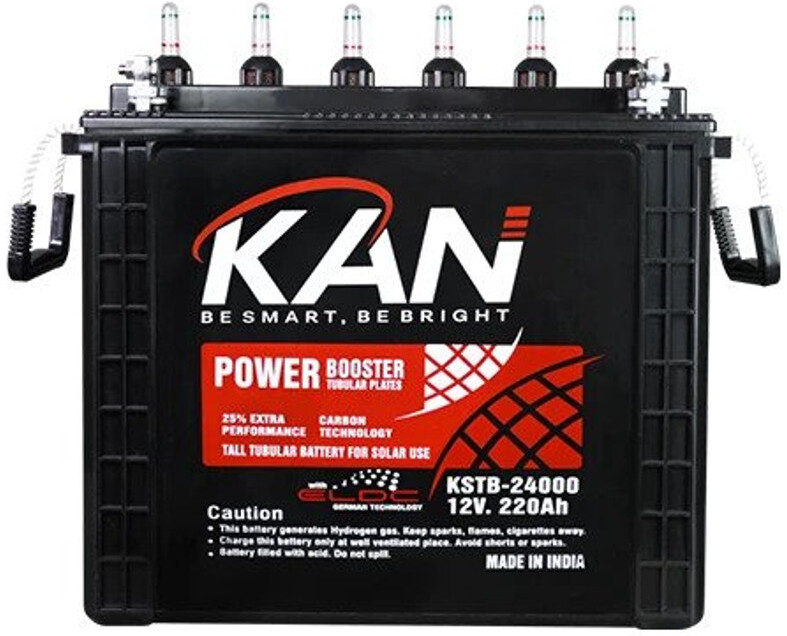
Kan 12v. 220AH Solar Tubular Battery
Read more... Navigating the World of Inverter Batteries: Expert Recommendations for Every Need
Key Differences Between Inverter Batteries and Traditional Power Sources
Size and Portability
-
Inverter Batteries: Inverter welders are much more compact and lightweight compared to traditional power sources. Due to the small size of their internal components, inverter systems are ideal for portable welding setups, enabling easy transportation between job sites.
-
Traditional Power Sources: Traditional transformer-based systems are much bulkier and heavier, often requiring large, stationary setups. This makes them less suitable for mobile welding applications and limits their use to fixed environments like industrial plants or heavy-duty workshops.
Weight
-
Inverter Batteries: The reduced weight of inverter welders is a major benefit for professionals who need to carry their equipment to different locations or work in tight spaces. Many inverter systems weigh as little as 15 to 30 kg, making them easy to transport and move around.
-
Traditional Power Sources: Traditional transformer-based systems can weigh several hundred kilograms, making them impractical for transport or mobile applications. These systems are often limited to large workshops or factories where portability isn't a concern.
Energy Efficiency
-
Inverter Batteries: One of the standout features of inverter batteries is their high energy efficiency. Inverters convert power with less waste, meaning they use less electricity to produce the required welding output. This results in lower operational costs and a smaller carbon footprint.
-
Traditional Power Sources: Traditional transformer-based systems are generally less energy-efficient, as they tend to lose more power in the conversion process. This inefficiency leads to higher energy consumption and greater operational costs over time.
Fabton 12V-220AH Deep Cycle Solar Battery
Performance Comparison
Power Output and Consistency
-
Inverter Batteries: Inverter systems provide smoother, more consistent power output. Their ability to fine-tune the voltage and current in real-time ensures stable arcs and better welds. This consistency is particularly beneficial when working with materials that require precise control, such as aluminum or thin sheet metal.
-
Traditional Power Sources: Traditional power sources can have inconsistent power output, especially when the machine is under varying load conditions. This inconsistency can lead to problems like arc instability, spatter, and inconsistent weld quality.
Welding Quality
-
Inverter Batteries: The fine control over power output that inverter batteries offer results in higher-quality welds. With smoother arcs and more precise voltage regulation, the resulting welds tend to be cleaner, with fewer defects like porosity or excessive spatter.
-
Traditional Power Sources: While traditional power sources can produce decent welds, they are often less precise than inverter-powered machines. The inherent limitations in control can lead to welds that require more post-weld cleanup or have a rougher finish.
Duty Cycle
-
Inverter Batteries: Inverter welders have higher duty cycles, which means they can run for longer periods without overheating. This makes them better suited for continuous or longer-duration welding tasks without requiring frequent breaks.
-
Traditional Power Sources: Due to their bulkier construction and less efficient cooling systems, traditional power sources often have lower duty cycles. They are more likely to overheat during prolonged use, requiring more downtime for cooling.
Cost and Maintenance Considerations
Initial Cost
-
Inverter Batteries: The upfront cost of inverter-based welding machines is generally higher than that of traditional power sources. This is primarily due to the advanced technology and smaller, more efficient components used in inverter systems. However, while they may be more expensive initially, their long-term savings can outweigh the higher starting price.
-
Traditional Power Sources: Traditional transformer-based systems are usually less expensive to purchase. The lower initial cost makes them attractive for individuals or businesses working with a limited budget. However, these savings come at the cost of higher energy consumption and greater maintenance needs.
Long-term Savings
-
Inverter Batteries: Although inverter systems are more expensive upfront, they tend to be more cost-effective in the long run. Their energy efficiency and lower maintenance needs reduce the overall cost of operation. Furthermore, because inverter welders use less power, they offer substantial savings on electricity bills, especially for high-volume welders.
-
Traditional Power Sources: Traditional systems are generally more costly to operate over time due to their lower energy efficiency. Their maintenance and repair costs can also add up, as older transformer-based machines tend to require more frequent repairs or parts replacements.
Maintenance
-
Inverter Batteries: Inverter welders require less maintenance than traditional machines due to their modern, efficient designs. They typically have fewer moving parts, reducing the likelihood of mechanical failures. Many inverter systems are also designed with advanced cooling technology, preventing overheating and reducing wear on the internal components.
-
Traditional Power Sources: Traditional transformer-based systems require more regular maintenance, including periodic checks on cooling systems, electrical components, and the transformer itself. Over time, the mechanical components of these machines may wear out, leading to additional repair costs.
Read more...How to Extend the Lifespan of Your Industrial Inverter Battery
Lento Tubular Battery 220AH/12V
Applications and Use Cases
Best Applications for Inverter Batteries
Inverter-powered welding machines are particularly well-suited for portable and versatile applications:
-
Mobile Welding: Due to their lightweight and compact nature, inverter welders are ideal for contractors or fieldwork where mobility is crucial.
-
Precision Welding: The smooth and stable arc produced by inverter systems is ideal for TIG welding, which requires high precision and control. They are also well-suited for MIG welding, especially when working with thin materials or when clean, high-quality welds are a must.
-
Small to Medium Projects: Inverter systems are also effective for DIY enthusiasts and small workshops, as they offer portability and ease of use while maintaining quality performance.
Best Applications for Traditional Power Sources
Traditional transformer-based welders excel in heavy-duty, industrial settings where power requirements are consistent, and mobility is not an issue:
-
Heavy-duty Industrial Welding: In environments where high output and continuous use are required, such as in shipyards or large manufacturing plants, traditional power sources are still a popular choice due to their robust, time-tested performance.
-
Stationary Operations: If the welding machine doesn't need to be moved frequently and is used in a fixed setup, the size and weight of traditional power sources are less of an issue.
Advantages and Disadvantages
Advantages of Inverter Batteries
-
Portability: Their lightweight, compact design makes inverter batteries ideal for on-the-go applications.
-
Energy Efficiency: Inverters provide better power conversion, leading to lower electricity consumption.
-
Precision: With advanced control over voltage and current, inverter welders allow for high-quality welds with minimal spatter and defects.
-
Lower Maintenance: With fewer moving parts and more efficient cooling systems, inverter machines require less upkeep.
Disadvantages of Inverter Batteries
-
Higher Initial Cost: The advanced technology and smaller size come at a higher purchase price.
-
Limited for Heavy-duty Use: While inverter systems are suitable for a wide range of tasks, they may not be able to handle extremely heavy-duty industrial welding projects as efficiently as traditional systems.
Advantages of Traditional Power Sources
-
Proven Technology: Transformer-based systems have been in use for decades and are reliable in high-output, industrial settings.
-
Lower Upfront Costs: The lower initial purchase price makes traditional systems more accessible for those working with a tight budget.
-
High Output: They are capable of delivering continuous power over long periods, making them ideal for extended use in industrial settings.
Disadvantages of Traditional Power Sources
-
Bulk and Weight: Traditional systems are heavy and difficult to transport, making them unsuitable for mobile or field welding.
-
Higher Energy Consumption: These systems are less efficient and tend to consume more electricity, which increases operational costs.
-
Maintenance: The complexity of traditional transformers requires more frequent maintenance and repairs, resulting in higher long-term costs.
Frequently Asked Questions
1. What is the main advantage of using inverter batteries for welding?
The main advantage of inverter batteries is their portability and energy efficiency. They are compact, lightweight, and provide high-quality welds with precise control over voltage and current, making them ideal for mobile and precision welding tasks.
2. Can inverter welders handle heavy-duty welding?
While inverter welders are highly efficient and versatile, they may not be as suited for extremely heavy-duty industrial welding as traditional power sources. For high-output, continuous welding, traditional transformers may be more appropriate.
3. Are inverter welders more expensive than traditional machines?
Yes, inverter welders tend to be more expensive upfront compared to traditional transformer-based machines. However, the long-term savings in energy costs and maintenance often make them more cost-effective over time.
4. How long do inverter batteries last?
The lifespan of an inverter battery typically ranges between 5 to 10 years, depending on usage, maintenance, and environmental factors. Proper care and use can maximize their longevity.
5. What maintenance is required for inverter welding machines?
Inverter machines require much less maintenance than traditional systems. They typically need regular cleaning, periodic checks on cooling systems, and ensuring the electrical components remain in good condition. Due to fewer moving parts, they have a lower risk of mechanical failure.
Related Articles
DIFFERENCE BETWEEN INVERTER WELDING MACHINE AND DIESEL ENGINE DRIVEN WELDING MACHINE
Best Inverter Batteries for Welding and Fabrication Workshops
Difference Between UPS and Inverter
Conclusion
When choosing between inverter batteries and traditional power sources for welding, the right option depends on power needs, cost, and efficiency. Inverter batteries offer portability, energy efficiency, and cleaner power, making them ideal for remote work and unstable grid conditions. On the other hand, traditional power sources like generators and direct grid connections provide higher power output but come with higher fuel costs and maintenance requirements.
For cost-effective, long-term welding solutions, inverter batteries are a modern, eco-friendly choice that ensures reliable performance with lower operational costs. Choosing the right power source depends on your welding workload, location, and budget.
Looking for high-quality inverter batteries and welding equipment? Visit Tikweld Welding Supplies for reliable power solutions tailored to your needs.

